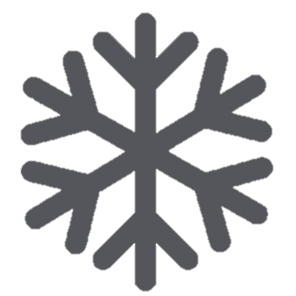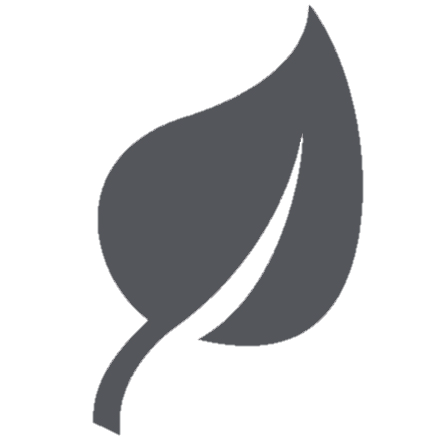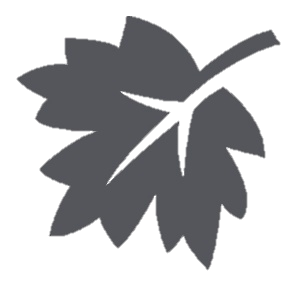


Olympia is the capital city of Washington and is located 60 miles southwest of Seattle. The state and local governments are by far the biggest employers in Olympia. A major portion of the Olympia downtown area is a National Historic District. Olympia sits on the south side of the Puget Sound on the Budd Inlet. Olympia has a thriving cultural scene mixed with natural beauty. The city has views of the Olympic Mountains to the northwest and Mount Ranier to the east.
Olympia has prioritized conservation and offers 40 parks in the city. Some of the top parks include Percival Landing and Priest Point Park. Olympia also has a few wildlife conservatories. A few must-visits are Wolf Haven International and Nisqually National Wildlife Refuge.
Olympia has a surprisingly huge arts and culture scene. From a performing arts center to galleries to craft studios, Olympia embraces the arts. Olympia also has one of the best children’s museums on the west coast (Hands On Children’s Museum).
Olympia’s Farmer’s Market is the second largest market in the state (behind the iconic Pike Place Market in Seattle). The market is a community gathering site where locals come to buy clothing, arts & crafts, fresh food, and many other goods.

Like most of the Pacific northwest, Olympia is cold and rainy during the winter. The rainy season lasts from about November through March. Winter is dreary and not the best time to visit.

Spring can be a good time to visit the area, especially if visiting Olympic National Park. The weather gradually warms and dries between March and June.

Summer is the warm and dry season. Olympia is packed with events and it is simply a great time to be in the PNW.

Late summer / early fall is a good time to visit Olympia. Fall may be the best time for wildlife viewing. By November, the rainy season has kicked and daily high temps drop to the 50s.
